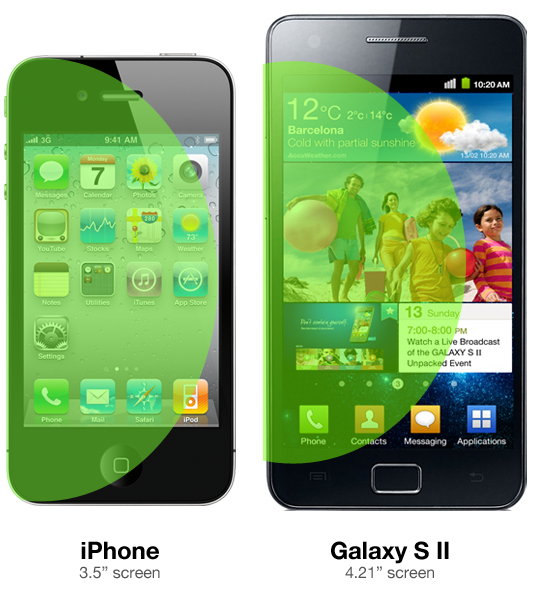While the PlayStation Vita has the traditional d-pad, buttons and two dual analog sticks, the handheld also has a touchscreen and a rear touchpad, leading to an unrivaled level of interactivity. But Sony is letting the Vita down by forcing you to unnecessarily use just one way to interact – the touchscreen.
Ok, I get it, for Sony it’s a big deal that the Vita has a touchscreen – it’s the first time a PlayStation device has such a screen and means the handheld can play all kinds of games suited to that interface. But for the average tech-savvy consumer? Touchscreens aren’t anything new – the iPhone, the most successful touchscreen handheld released in 2007, with Android out a year later. Now, there are hundreds of millions of touchscreen devices that have been in the hands of potential Vita owners for years.
So there’s no reason to limit control options to the touchscreen to try to get people acclimatized to the Vita’s new input method. The touchscreen isn’t the Vita’s main selling point – it’s something that every portable device has to have because every other portable device has it. The buttons and the dual analog sticks are far more unique for a portable product, allowing for proper first person shooters, proper platformers and proper fighters. They are an important differentiator for the Vita over competing products. Sure, the Vita may be able to portray more technically impressive games than the iPhone 4S, but over its 5-6 year lifespan it’ll have to compete with increasingly more powerful smartphones with the latest chips and the best screens. Luckily for Sony, however, it’s highly unlikely that Apple will add a gamepad to the iPhone, or that it’ll become a popular feature in Android phones.
Physical buttons and sticks make the Vita unique, yet strangely have been marginalized by the Vita UI and game interface. The buttons and sticks don’t work on the main homepage at all – but that’s fine, it’s been designed fully for touchscreens, and wouldn’t be as slick with buttons. But the web browser? Why can’t I scroll down with the d-pad or analog sticks? Why is the PlayStation Store, which looks perfectly suited for buttons, touchscreen only? This same question can be asked for a number of Vita apps, including the trophy viewer, content manager, Flickr and Twitter.
This problem can be even more frustrating in games, where you can happily punch, kick and race people using nothing but the face buttons, as well as change certain options in the pause menu, only for you to suddenly be greeted with the screen saying “press here to start” – something that is particularly baffling considering the handheld has a start button. This isn’t a problem with the Vita, it’s simply a problem with the game design, but one that can be annoying and take you out of the game.
Then, there’s the problem with the placement of touch options. Last year, designer Dustin Curtis explained why he thought the iPhone had a 3.5″ screen, using green circles to show how the average thumb could reach all of the screen when using one hand, without having to stretch or change position:

We’ve mocked up a similar image with the Vita (at the top of the article), with the extra width of the buttons taken into account. As you can see, the middle of the Vita is hard to reach without stretching uncomfortably or changing hand position. Simply put, touching the middle of the Vita can be annoying. If you’re playing a game where all you do is touch the screen, then changing hand position is fine, so that’s not a concern. But when touch-based menu options are put into the middle of the screen when you’re using the physical controls it can be infuriating:

Luckily, not all menu options suffer from being stuck in the middle:

But it is still a prevalent problem and, importantly, an unnecessary problem. The Vita can use buttons, the screen can display menu options on the side, yet, for some reason, Sony has decided against making that a standard.
The Vita is still a fantastic device, that plays incredible games, let’s just hope that Sony realizes the problem of pushing the touchscreen in favor of buttons, and remembers what makes the Vita special.








